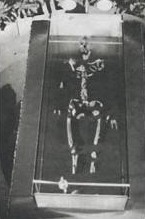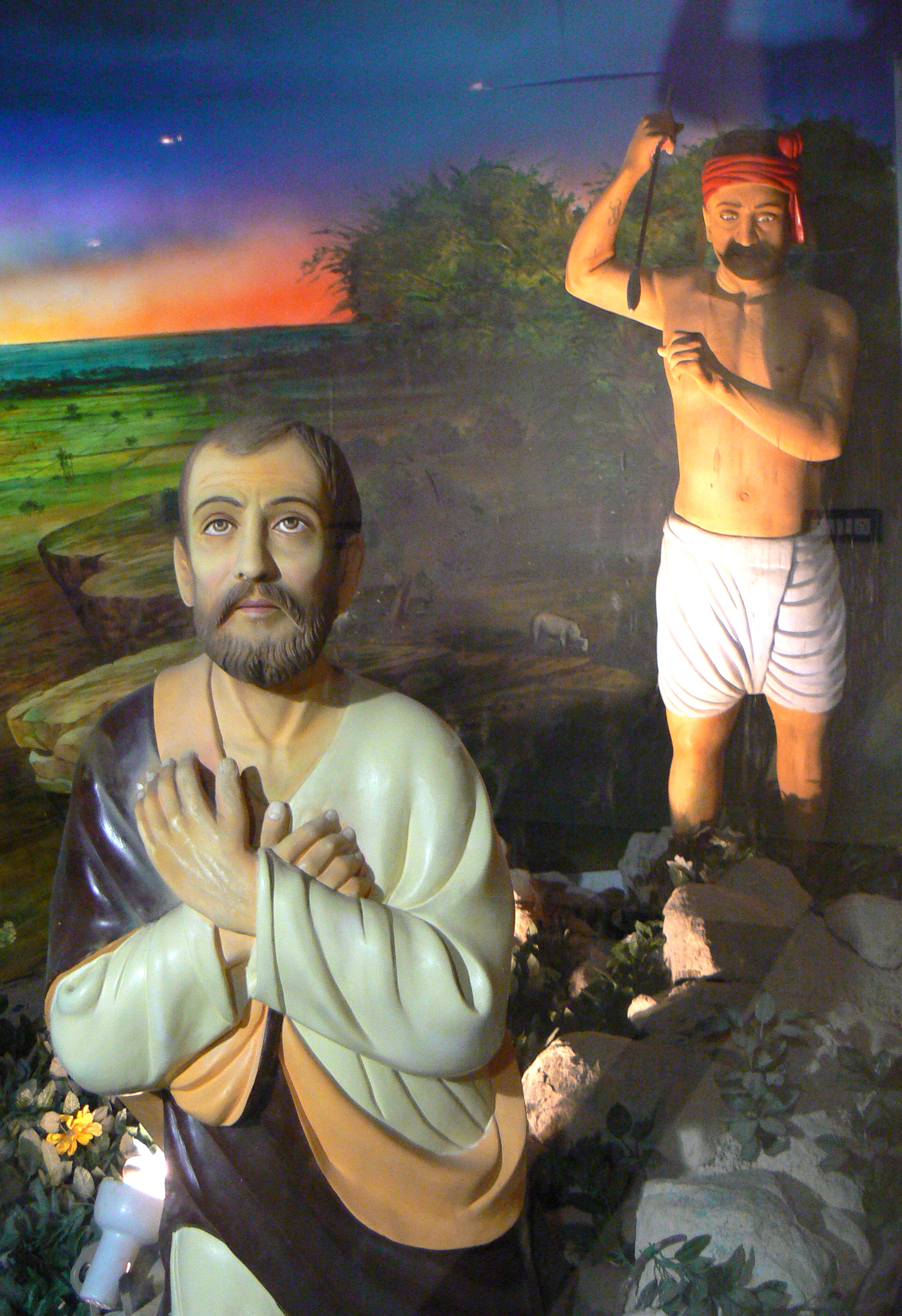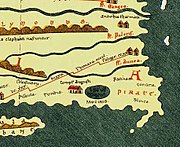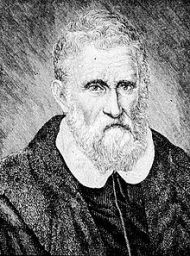On Google Drive
- Indiavil Saint Thomas Kattukkatai – Veda Prakash
- Punidha Thomas Kattukadhaiyum and Mylapore Sivalayam – Tamil-language redaction of Ishwar Sharan’s book by B. M. Sundaram
Tamil Language Websites
On Google Drive
Tamil Language Websites

› Every man prefers belief to the exercise of judgement. — Seneca
› To teach superstition as truth is a most terrible thing. — Hypatia
› Every formula of every religion has in this age of reason, to submit to the acid test of reason and universal justice if it is to ask for universal assent. — M. K. Gandhi
› The world has produced three great impostors: Moses, Jesus and Muhammad. — Frederick II of Sicily
› What have been Christianity’s fruits? Superstition, bigotry, and persecution. — James Madison
› Generally speaking the men who have written on India were a set of liars. — Strabo
› What India gives us about Christianity in its midst is indeed nothing but pure fables. — Alphonse Mingana
› The oriental ubiquity of St. Thomas’s apostolate is explained by the fact that the geographical term ‘India’ included the lands washed by the Indian Ocean as far as the China Sea in the east and the Arabian peninsula, Ethiopia, and the African coast in the west. — Leonardo Olschki
› The Nestorians of India venerated St. Thomas as the patron of Asiatic Christianity—mark, not of Indian Christianity. — Leonardo Olschki
› Christians must acknowledge the historical fact that from Bethlehem to Madras, most of their sacred sites are booty won in campaigns of fraud and destruction. — Koenraad Elst
› If we extend unlimited tolerance even to those who are intolerant, if we are not prepared to defend a tolerant society against the onslaught of the intolerant, then the tolerant will be destroyed, and tolerance with them. — Karl Popper

India’s political leaders are fond of telling their constituents and the nation that Christianity arrived in India before it arrived in Europe. This historical conceit is simply not true. In Acts 19:21 Apostle Paul records his travels through Ephesus and Greece—Achaia and Macedonia—en route to Jerusalem, then on to Rome. In Romans 15:24 & 15:28 he says that he plans to visit Spain. These journeys took place in the 40s CE—some historians say he was writing after 44 CE. So even if it was true that Apostle Thomas landed in Kerala in 52 CE—the spurious date is of 19th century origin—Christianity would still have arrived in Europe a decade earlier.


Thomas of Cana, also known as Knai Thoma, led the first group of 72 Syrian Christian families to India in AD 345. There is no record of Christian communities in India prior to this date. Thomas of Cana and his companion Bishop Joseph of Edessa also brought with them the tradition of St. Thomas the Apostle of the East. Later, Christian communities in Kerala would identify Knai Thoma with Mar Thoma—Thomas of Cana with Thomas the Apostle—and claim St. Thomas had arrived in Kerala in AD 52 and established the first Christian church at Musiris—ancient port near present day Kodungallur—the main trading port of the time.
The Rev. Dr. G. Milne Rae of the Madras Christian College, in The Syrian Church in India, did not allow that St. Thomas came further east than Afghanistan. He told the Syrian Christians that they reasoned fallaciously about their identity and wove a fictitious story of their origin. Their claim that they were called ‘St. Thomas’ Christians from the 1st century was also false.
Syrian Christians were called Nasranis (from Nazarean) or Nestorians (by Europeans) up to the 14th century. Bishop Giovanni dei Marignolli the Franciscan papal legate in Quilon invented the appellation ‘St. Thomas Christians’ in 1348 to distinguish his Syrian Christian converts from the low-caste Hindu converts in his congregation.




San Thome Cathedral, Mylapore, Madras, was built in 1893 in Gothic style by the British. The first St. Thomas church to appear on the Mylapore beach was built in 1523 by Portuguese pirates and Augustinian friars against the ancient Kapaleeswara Temple wall. The Christian tactic of encroaching on Hindu buildings and holy sites and then taking them over continues in Tamil Nadu till today.




The oriental ubiquity of St. Thomas’s apostolate is explained by the fact that the geographical term ‘India’ included, apart from the subcontinent of this name, the lands washed by the Indian Ocean as far as the China Sea in the east and the Arabian peninsula, Ethiopia, and the African coast in the west.
Ancient writers used the designation ‘India’ for all countries south and east of the Roman Empire’s frontiers. India included Ethiopia, Arabia Felix, Edessa in Syria (in the Latin version of the Syriac Diatessaron), Arachosia and Gandhara (Afghanistan and Pakistan), and many countries up to the China Sea.
In the Acts of Thomas, the original key text to identify St. Thomas with India (which all other India references follow), historians agree that the term India refers to Parthia (Persia) and Gandhara (Pakistan). The city of Andropolis named in the Acts, where Judas Thomas and Abbanes landed in India, has been identified as Sandaruck, one of the ancient Alexandrias, in Baluchistan.










Marco Polo wrote in Il Milione: “It is in this province, which is styled the Greater India, at the gulf between Ceylon and the mainland, that the body of Messer St. Thomas lies, at a certain town having no great population.”
The bay between Ceylon and India is the Gulf of Mannar.
Marco Polo is the first writer in history to locate the tomb of St. Thomas on a seashore and by so doing he revolutionises the legend. All documents prior to him locate the tomb in a mountain of royal sepulchers following the Acts of Thomas. Marco Polo is also the first writer to locate the tomb in South India, in a certain unnamed town which the Portuguese later identified with Mylapore.
Dante Alighieri, author of The Divine Comedy and Marco Polo’s contemporary, called him a liar and maintained that his book was full of falsehoods and fabrications. New research in Oxford agrees that the stories recorded in Il Milione (The Million) were invented or recorded from travellers he met in the Constantinople bazaar, and that he had not actually visited the places he writes about.



